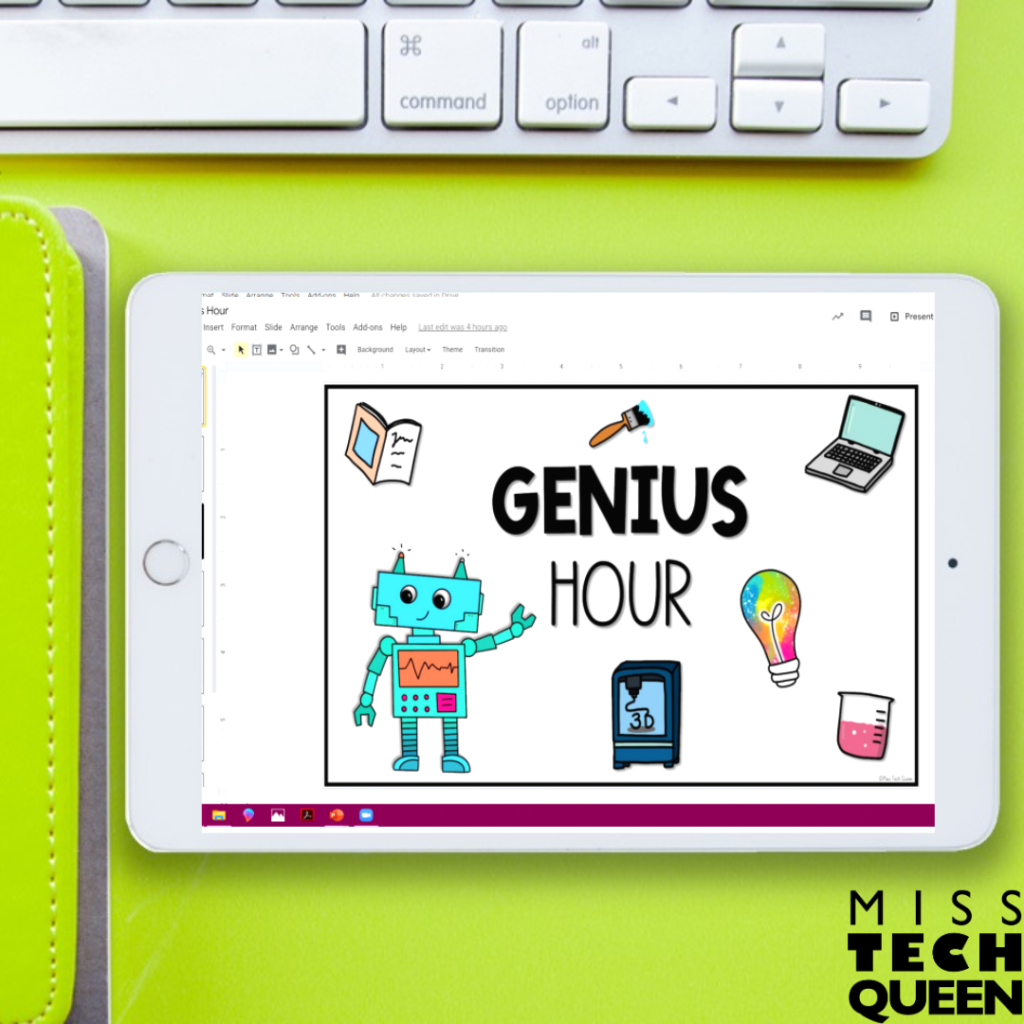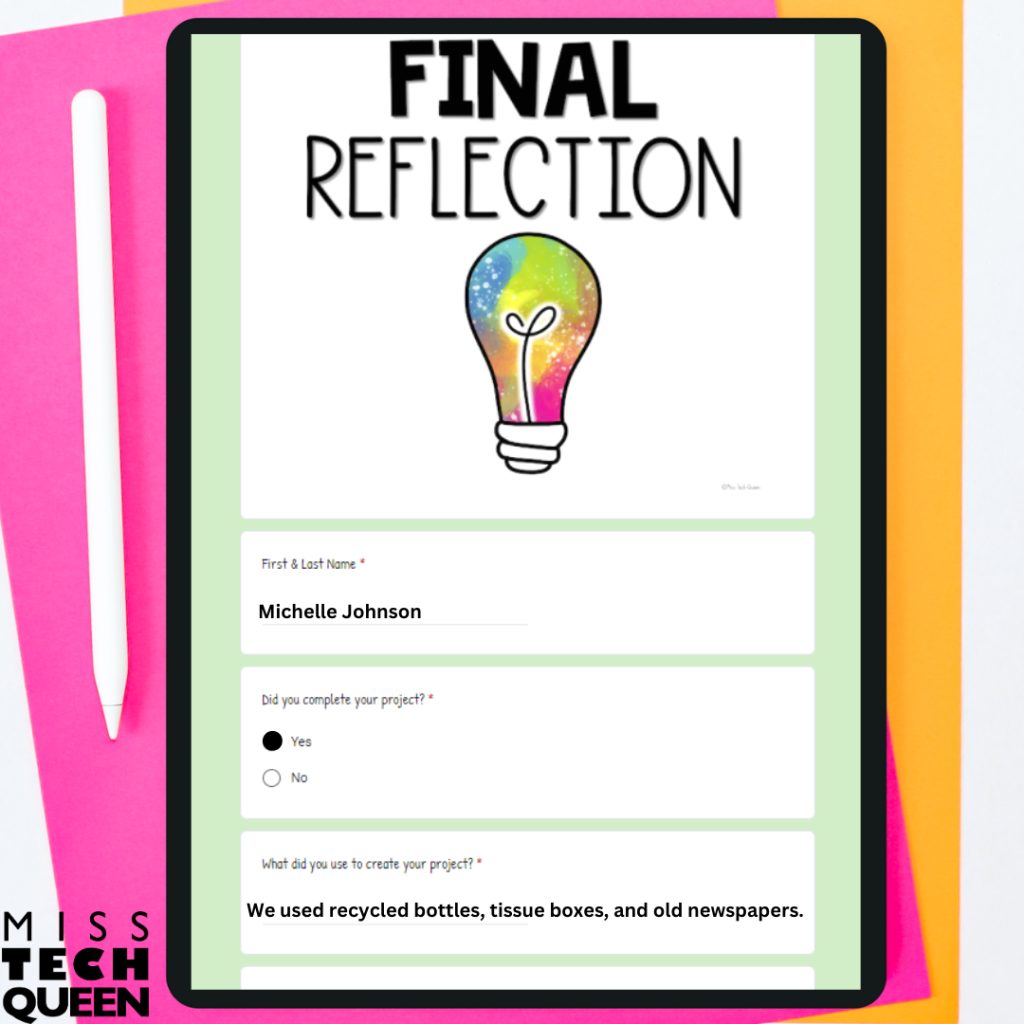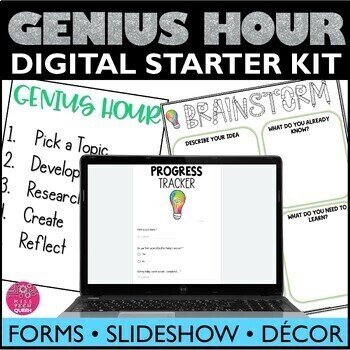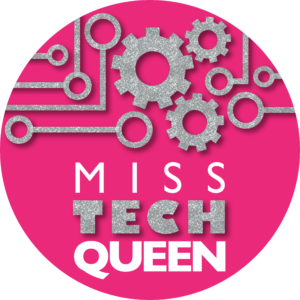
How to use Genius Hour in the Elementary Classroom
As elementary teachers, we are always trying to create a dynamic and engaging learning environment for our students. But with everything we have to fit in for core subject learning, how do we make sure we are giving our students the opportunity to be creative individuals? That’s where the magic of Genius Hour comes in. It’s an innovative concept that empowers students to explore their passions, develop critical skills, and take ownership of their learning journey each and every day. I am so excited to introduce you to Genius Hour and give you some practical tips on how to use it in your classroom this year!

What is Genius Hour?
Genius Hour, also known as 20% Time or Passion Projects time, is a student-centered approach to learning that originated from companies like Google, where employees were given 20% of their workweek to pursue projects of their interest. How cool is that? I can tell you I would LOVE the opportunity to have 20% of my day to work on my own passion project.
In a classroom setting, it gives your students the opportunity to devote a designated portion of their class time to explore topics they are genuinely passionate about. It’s amazing because students can take control of their learning process, select their project topics, and determine how they want to achieve their goals.
Here’s How You Can Get Started With Genius Hour in Your Classroom
While it is important to frame genius hour as a time for students to be researching and completing self-directed learning, this doesn’t mean it’s a free-for-all chaos fest. That would be bonkers and you wouldn’t be getting a lot of learning out of the time.
The first thing I do when introducing Genius Hour to my kiddos is talk to them. I make sure to set clear expectations and hold students accountable. I let them know that we will be dedicating an hour of learning time each and every week to working on our Genius Hour projects.
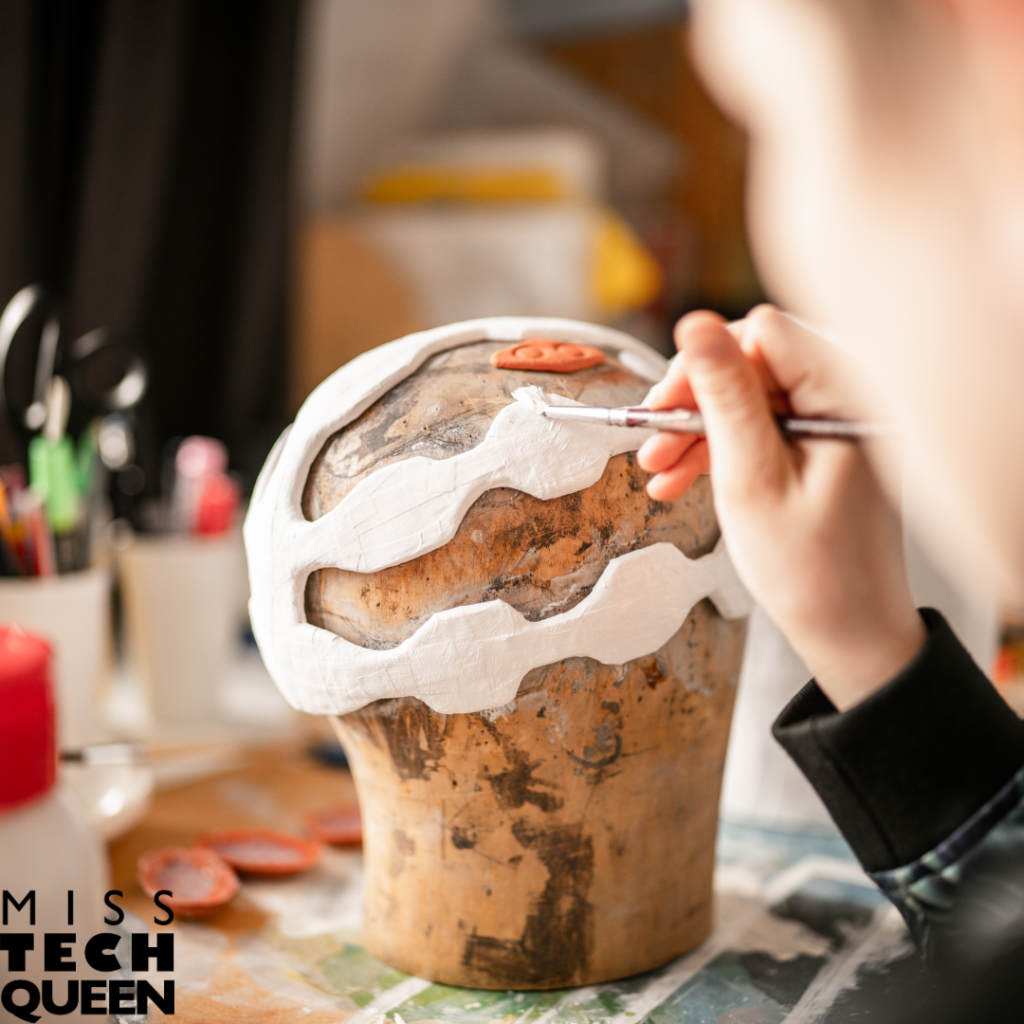
Next, I decide when I want their projects to be completed and how many they will do over the course of the school year. This could be one a month, one a season, one a semester, etc. It’s really up to you to decide what works best in your classroom.
If you have younger students, it might be good to choose a shorter timeframe whereas older students will be able to do more research and create more in-depth projects that will need a longer time frame. You know your students best so don’t feel like you need to take a one-size-fits-all approach to Genius Hour.
Creating a process for students to follow while working on their genius hour project will help keep everyone organized and on track. I use my Genius Hour Teacher Kit as a way to easily get my students started and organized while working on their genius hour projects.
Use Google Docs to Keep Information Easy to Find
One of the easiest ways I have found to help keep myself and my students organized during our Genius Hour projects is with Google Forms.
Google Forms allow us to keep everything in one easy-to-access spot.
Just be sure to set up your Google forms before the start of the project. It will help hold students accountable.
With the ability to keep track of students’ topics, research information, questions, and reflections, you will be able to track progress and keep students motivated and on task.
They are also great because your students can access them anywhere. So, if you are having a library workday, your students can jump on the computers there and get all of their information ready to go.
How to Get Your Students Excited About Choosing a Topic to Focus on for Genius Hour
If you were to just tell your students to choose a topic on ANYTHING for Genius Hour, chances are you would get a lot of ideas that wouldn’t really be doable. That can lead to a Genius Hour catastrophe really quickly. Instead, I like to give my students time to brainstorm about what they are passionate about.
Breaking this up into manageable chunks by having them work on a brainstorming worksheet, or work together with other students to come up with ideas will help keep them focused. Using the Design Process way of thinking is also a fantastic support when asking your students to choose a topic for Genius Hour.
I made a great Youtube video explaining the design process if it’s not something you are familiar with.
Developing a Driving Question
Your students may or may not be familiar with the concept of a driving question. If they are, great. If not, no worries! I like to frame it as an open-ended question they will be answering by completing their Genius Hour project. Reminding my students that open-ended questions usually begin with who, what, when, where, why, and how is super helpful.
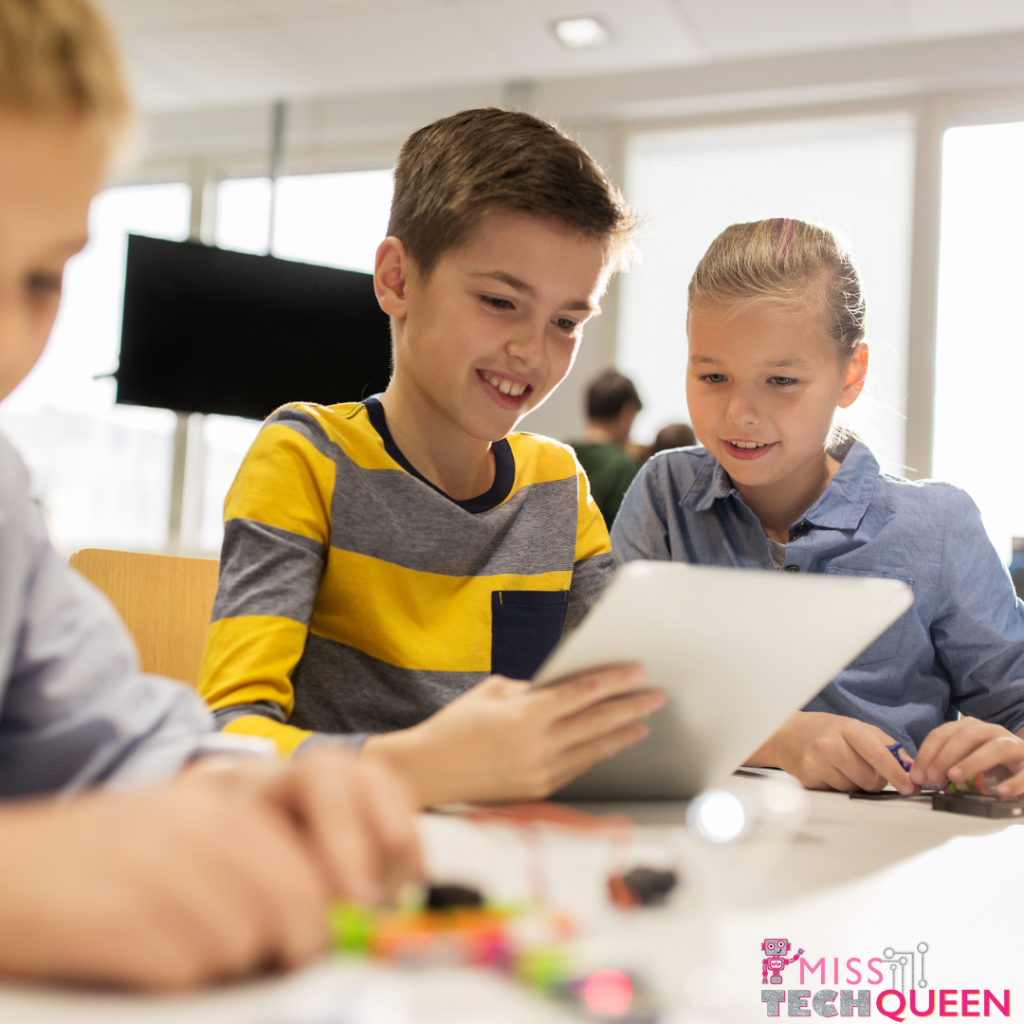
Some examples could include:
- How can we keep ocean animals from eating plastic?
- How can I help my grandma walk her dog?
- Can music heal the sick?
- How can art be created from old machines?
When your students are first developing their driving questions, they can come up with many.
After brainstorming questions, ask them to go get some peer review and run their questions by some other students to get some feedback. This is also a great time to remind kiddos that feedback includes more than a “That’s good.” or “I don’t like it.” response. Ask them to come up with a reason why they do or don’t think the question is a good driving question and support their thinking. This is a great way to foster creativity and communication in your classroom too!
Remember, the beauty of open-ended questions is that there are no right or wrong answers. This is a time to encourage your kiddos to explore their thoughts, feelings, and interests freely.
Genius Hour Research
When I was younger, the extent of researching a particular topic included going to the library and maybe searching in an encyclopedia. Now though, our students have so many other resources at their fingertips to help them research their chosen Genius Hour topic.
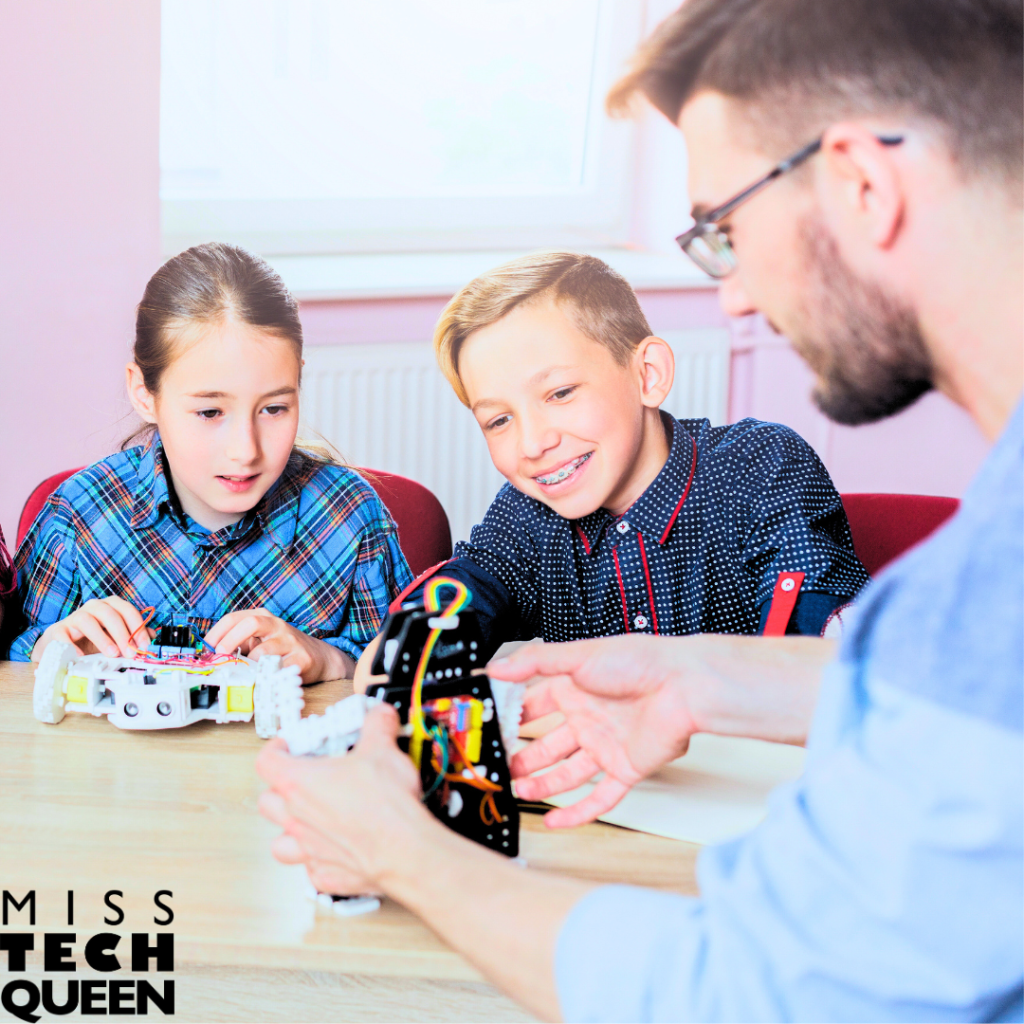
In addition to researching the traditional way with books, or articles on the internet, I try to pull in some real-world experts.
If you have older students, consider pairing them up with an expert in the field that’s willing to communicate with them through email, video, or phone call.
For younger students, it may be helpful to ask parents to be experts and invite them in for a “pick your brain” day. This gives your students some really valuable real-world experience too!
It’s important for them to know that there are more ways than just the internet to find information. And, who knows, maybe you will find an expert who is so passionate about your students learning that they will want to invite them for a field trip! Think a trip to your local aquarium, space center, museum, etc.
Let the Creativity Flow
Now, it’s time to get down to the business of creating their Genius Hour project. While this project won’t be completed in one day, it’s important to remember to plan ahead and decide where you will store all of the supplies your students will be using. I like to encourage my students to use as many found or recyclable materials as possible to complete their projects.
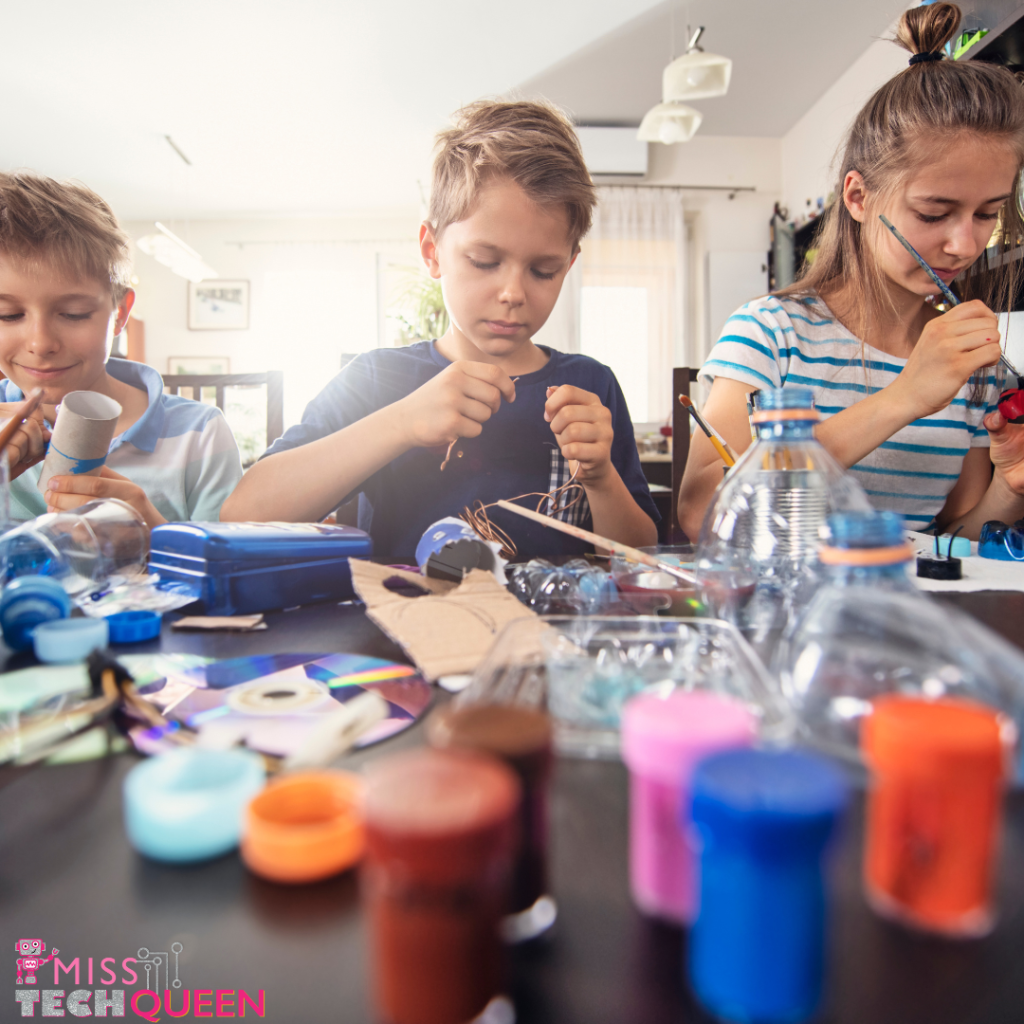
That means we will need places to store all of our recyclables. This might be a good time to scout around your building to see if there are unused storage areas. There may even be unused classrooms or meeting rooms that could be used for a few weeks.
Using recyclable and found objects not only saves you, and parents, money but it also teaches students to be resourceful.
If students don’t like the thought of their “great idea” being made with recycled materials, remind them that they are creating a prototype. If the prototype is successful they can include information in their project about the materials that would be used to create the real thing.
Time to Reflect
So, how did it go? When your students have completed their Genius Hour projects it’s not just a “done and see ya later” kind of experience you are looking for.
You want to give your students the opportunity to reflect on the process and outcome of their projects. I am constantly reminding my students how important the process of a project is. Not just the product.
Maybe their projects didn’t turn out at all how they imagined. Okay, so why not? Giving your students the opportunity to think about and reflect on why something didn’t work is just as valuable as completing the work.
Likewise, if my students’ projects were successful, there’s always an opportunity to look back on their project and think about how it can be improved. That’s the whole point of the design process after all.
Share Your Genius Hour Creations
When your students finish a Genius Hour project you want to make sure to show off all their hard work. I am always so proud of my students and the hard work they put into their projects. And I know they are too!
In the past, I have hosted a “show-and-tell” in the school library. This gave my students an opportunity to show off their amazing creations. Then, they can answer real-time questions about the product and its creation. We invite school staff, parents, and other classes to come and “tour” our creations.
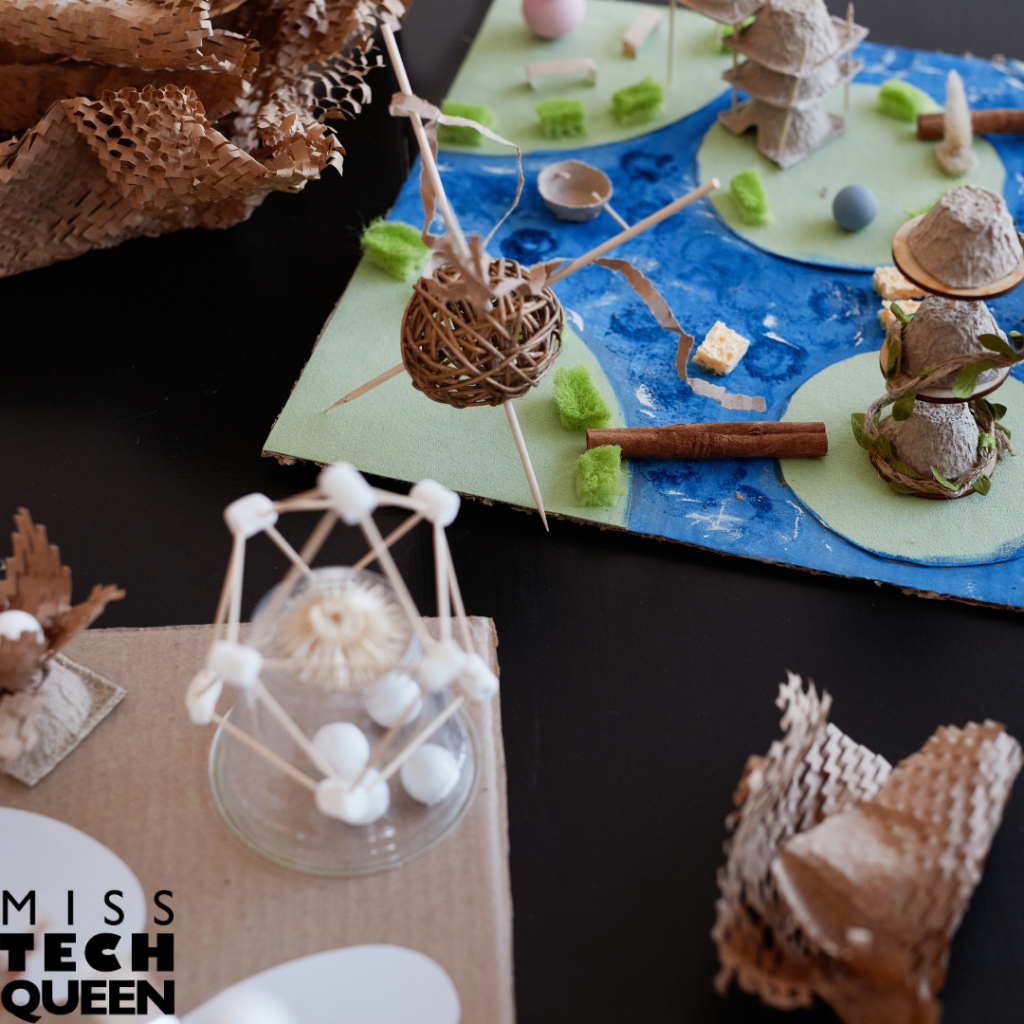
You can also consider setting up an interactive museum in the hallway of the school. Students can stand by a small desk with their projects. Just like with the library, parents, staff and other classes can visit the museum. This gives them an opportunity to see the creations and ask questions.
And, if just displaying the projects fits best in your schedule, ask about using space on the top of library shelves. You can even show off projects in the front office, or in a display case. Your students will love seeing their projects on display.
You can even connect with a local business! They may be interested in showing off some of these cool Genius Hour Creations in their lobby or office. How cool would that be?
Ready to use Genius Hour in Your Classroom?
I am sure once you get started, Genius Hour will be a huge hit in your classroom. And, parents will also love watching their children work through the process of creating something they are proud of.
There’s just so much to love about Genius Hour projects. And, because these projects are student-led, your kiddos will feel a sense of pride and independence. They will love working on and completing projects they chose.
Looking for an easy-to-use resource to get you started with Genius Hour in your classroom? Be sure to check out my print and digital genius hour teacher kit. It includes everything you need to start and complete successful genius hour projects with your students this year.
Pin it!
Be sure to save these tips for starting Genius Hour in your classroom to your favorite teacher Pinterest board today!

Share it:
- Read more about: Digital Activities, Genius Hour, Tips for Teachers

